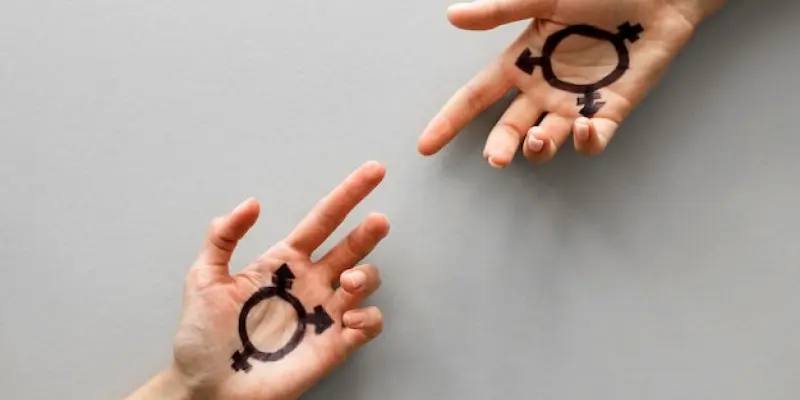In recent developments, a federal court ruling has significantly impacted the scope of protection offered to transgender workers under the guidance of the Equal Employment Opportunity Commission (EEOC). The decision, rendered by Judge Matthew J. Kacsmaryk of the Northern District of Texas, has vacated key aspects of updated guidance aimed at addressing harassment in the workplace for LGBTQ+ individuals. Central to the debate is the interpretation of Title VII of the Civil Rights Act, which traditionally prohibits sex-based discrimination but has seen recent expansions that include sexual orientation and gender identity. The court’s limitation directly influences how workplaces manage issues related to gender expression, such as misgendering and access to gender identity-corresponding facilities. This ruling came in the wake of objections from the State of Texas and the Heritage Foundation, which argued that the EEOC acted beyond its authority in redefining “sex” within Title VII.
Legal Interpretations and Their Impact
The Northern District of Texas decision raises crucial questions about Title VII protections, influenced by the Supreme Court’s 2020 Bostock v. Clayton County decision. Bostock categorized discrimination based on sexual orientation or gender identity as discrimination under Title VII. However, Kacsmaryk’s judgment challenges this interpretation by narrowing the perspective, contesting the EEOC’s broadened guidelines. This has led to a complex array of legal interpretations across the nation, causing confusion among employers regarding adherence to federal and local laws. This legal vagueness reflects a broader trend in shifting policies relating to transgender rights. Coupled with a previous presidential order limiting federal gender recognition, organizations are now navigating diverse regulations for workplace accommodations and protections. Employers must closely review their obligations, especially in states with extensive anti-discrimination laws. The recent ruling highlights the need for clarified legal protections as society deals with polarized views on gender identity, underscoring dedicated efforts to resolve disparities and establish clear standards for workplace equality.

